BEST OF SALE

How Are Colored Pearls Made?
Pearls have been a well-loved accessory in fashion for decades, so it's no surprise that they're making a resurgence in popularity recently. But when you imagine a strand of pearls, what do you see? You likely picture a string of glowing white pearls as a necklace or bracelet.
However, not all pearls are white; many pearls have different hues, each with stunning radiant overtones. How do they get their color, though?
Today, let's talk about how colored pearls get their hue. Then, we'll discuss the ways you can incorporate pearls into your daily fashion.
What Is a Colored Pearl?
When you hear the words "colored pearl," you might be picturing a white pearl that jewelry manufacturers artificially dip in a coating to give it a different hue. Surprisingly, colored pearls can be completely natural. These are products of nature that can be incredibly valuable, as they look unique and ethereal all at once.
How Do Pearls Get Their Color?
How do these colored pearls get this radiant chroma? The answer has to do with the way pearls naturally grow.
As you may know, pearls form inside of a mollusk. Colored pearls receive their shade based on the color of the mollusk's lip, which is the outer part of the shell.
For example, the black-lipped saltwater Tahitian pearl oyster, Pinctada margaritifera, gives Tahitian pearls a light to dark charcoal-grey hue. If you looked at a picture of this pearl oyster's shell, you'd notice silvery tones on its edge.
The Breakdown for Every Color Pearl
If you didn't already know that pearls could come in other colors, this is a perfect opportunity to explore the different kinds. Let's look at each variation of pearl and learn a few facts about their formation, composition, and value.
White Pearls
White pearls are the most popular color of pearl – well-loved for their purity and versatility.
These come in three main varieties: Akoya pearls, Freshwater pearls, and South Sea pearls. While it's called a "white pearl," this variation can also have influences of pink, cream, and silver in its milky coating.
Black Pearls
For ages, many have been captivated by the exotic beauty of black pearls. These are a hundred times more uncommon than white pearls and have been associated with a variety of mythological qualities.
Black pearls come in a few types: Tahitian, Akoya, Freshwater, and Sea of Cortez. It's important to note that Black Tahitian pearls from French Polynesia and Sea of Cortez pearls from Guaymas, Mexico are the only naturally pigmented farmed black pearls.
Blue Pearls
Authentic blue pearls are one of the world's marvels — they may be the rarest and most distinctive pearl hue. These naturally blue-colored pearls are available in a fantastic range of shades, from pastel sky blue to dark midnight blue, with an even more extensive range of brilliant overtones.
This rare pearl is available in these kinds: Blue Akoya, Silver-Blue White South Sea, Tahitian, or Sea of Cortez.
Golden Pearls
Golden South Sea pearls are among the world's biggest and rarest cultivated pearls. They are opulent, sumptuous, and naturally colored. These cultured pearls come from the tropical lagoons and atolls of the Philippine Islands and Australia and range in color from delicate Champagne to vivid 24K golden tones.
Pink Pearls
Naturally colored pink pearls grow in freshwater aquaculture ponds in China inside the Freshwater pearl mussel, Hyriopsis cumingii. Aquamarine, Green, Gold, and Rose overtones are the most prevalent on pink to peach pearls. Their lovely color palette also includes silvery pinks and mauves.
Lavender
Lavender is a natural color seen in cultured Freshwater pearls from China. The colors in this kind of pearl's coating can present as pale lilac to silvery-purple to deeper lavender and include mauve tones and shades of green and yellow.
Chocolate Pearls
Did you know there's such a thing as chocolate pearls? While you might imagine (or hope) these pearls are made from chocolate, that's not quite the case. Interestingly, this variety of pearls has gained popularity in recent years, with some celebrities wearing them to red carpet events.
You may want to note that this kind of pearl does not occur naturally but receives a treatment that results in chocolate hues. Gold, Rose, and mild Green/Bronze overtones are the most popular and frequent overtones found in this pearl. These hues shimmer over the "dark chocolate" and "milk chocolate" body tones.
Multi-Colored Pearls
You might imagine that multi-colored pearls contain a range of hues within one pearl, but that's not what this type of pearl jewelry refers to. The term “multi-color” refers to a design pattern rather than a pearl hue.
Since multi-colored pearls contain different kinds of pearls, they can include: Freshwater, Tahitian, or South Sea pearls.
Are Pearls In Style?
By now, you might have noticed that pearls aren't just for women's fashion. Celebrity men have started to include strands of pearls in their everyday outfits and red carpet looks.
It might feel like a bold choice to you, but this accessory can add a brilliant sheen to your accessories and elevate your style. Trying this style out isn't for everyone, but those who do give it a shot will find the company of Harry Styles, Shawn Mendes, Jaden Smith, and A$AP Rocky.
How To Incorporate Pearls Into Your Style
Adding a string of pearls into your everyday fashion doesn't have to be complicated. With a conscious effort, you can pull off this style and look effortless while doing it.
Let's look at a few easy ways you can combine this style with accessories you already love.
Pair Them with Your Favorite Chains
Trying out a new piece of jewelry is all about making it look natural, right? One of the most seamless ways to add a strand of pearls into your usual apparel is to layer them with a chain or two of your choosing.
Here are a couple of suggestions if you still need a bit of chain inspo:
- CRAFTD Cuban Chain: Our Cuban chain is a timeless accent to any fit, day or night. Select your preference of 18-karat plated gold or premium 316L stainless steel, and you'll be off to a great start.
- CRAFTD Rope Chain: The Rope chain is another go-to chain that's sure to look stunning as an accent to pearls or other CRAFTD chains.
Add a Simple Strand With Your Statement Pendant
Another way to layer your pearls with necklaces is to pair them with a CRAFTD pendant. The combination of pearls and pendant makes for an especially eye-catching look, so this is the style to try out if you're looking for something bold. Check out a couple of our favorite pendants if your collection could use a boost:
- CRAFTD Compass Pendant: Pendants can help you express your values and personality like no other. One way to personalize your look and accent a strand of pearls is with a Compass Pendant that represents your life path.
- CRAFTD Vitruvian Man Pendant: This pendant draws from Da Vinci's classic work. It's a symbol that has historically represented man's versatile nature — a fitting accent for a bold string of pearls in men's fashion.
Wear Them Along With a Statement Earring
Another way you can ease into wearing pearls is by wearing a subtle strand along with your typical trademark earrings. It's an ultra-modern pairing that you should consider trying at least once.
If you're looking for new earrings to wear with your chains and other jewelry, here are a few suggestions:
- CRAFTD Rose Earring: How's your earring game? If you're looking for an accent earring to enhance your look, our Rose earring is an excellent option.
- CRAFTD Dagger Earring: If you're looking to create an especially edgy ensemble, there's no better accessory than a Dagger earring.
CRAFTD Jewelry Has the Classic Staple Jewelry You Need
How's your staple jewelry collection looking? Perhaps you have a few pieces that you liked for a while, but their low-quality craftsmanship caused them to rust and discolor over time.
At CRAFTD, we're dedicated to offering jewelry that lasts through anything that comes your way. You deserve high-quality staple chains, bracelets, pendants, rings, and earrings that keep their color and look fantastic for years. When you need to enhance your go-to jewelry collection, CRAFTD's got you covered.
You Can Wear Pearls with Confidence
While you might not be used to including pearls with your chains and other accessories, they make for an excellent accent to streetwear and any bold look you're going for.
When you're looking for classic jewelry that you can pair with new trends, we've got what you need at CRAFTD.
Sources:


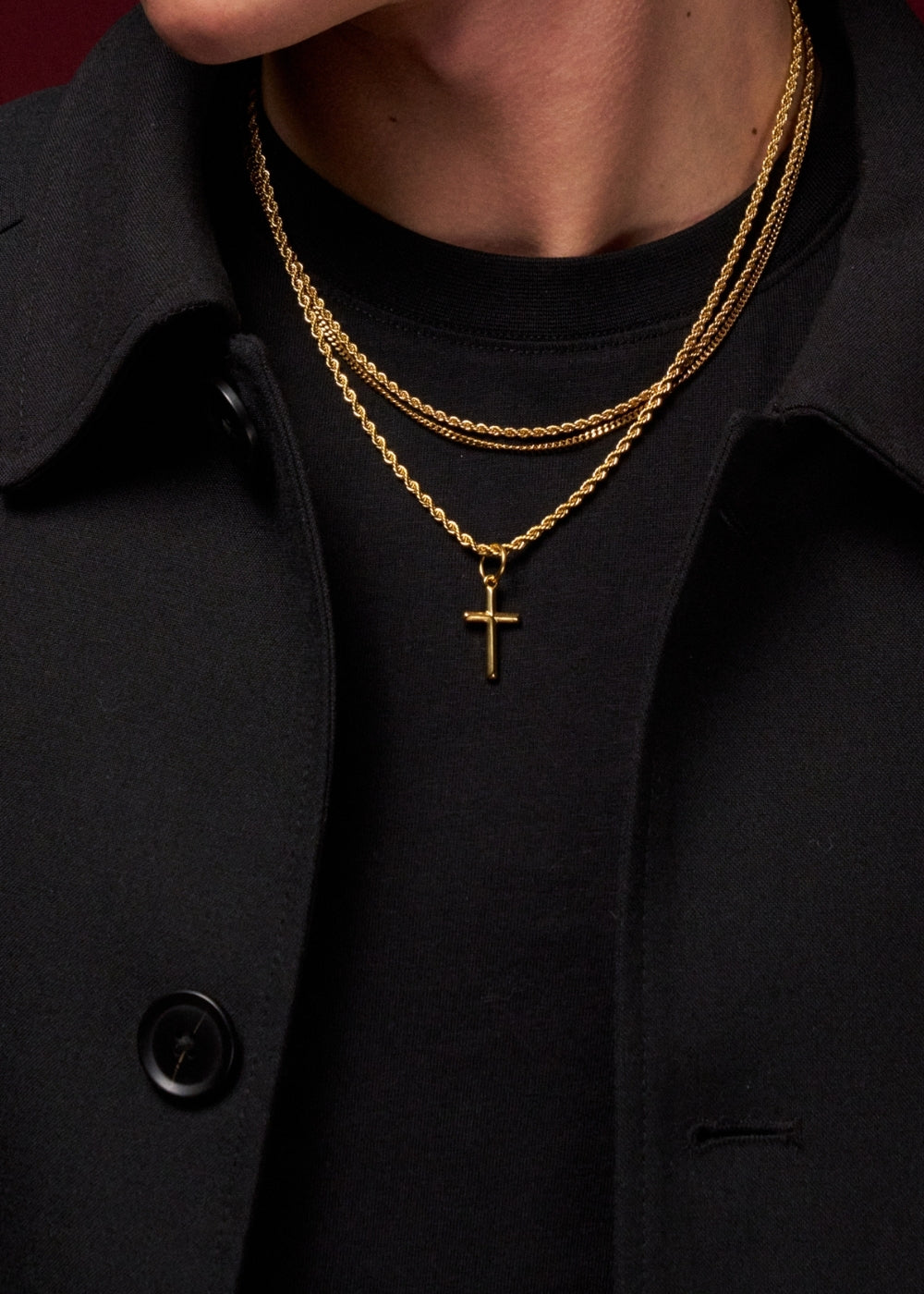

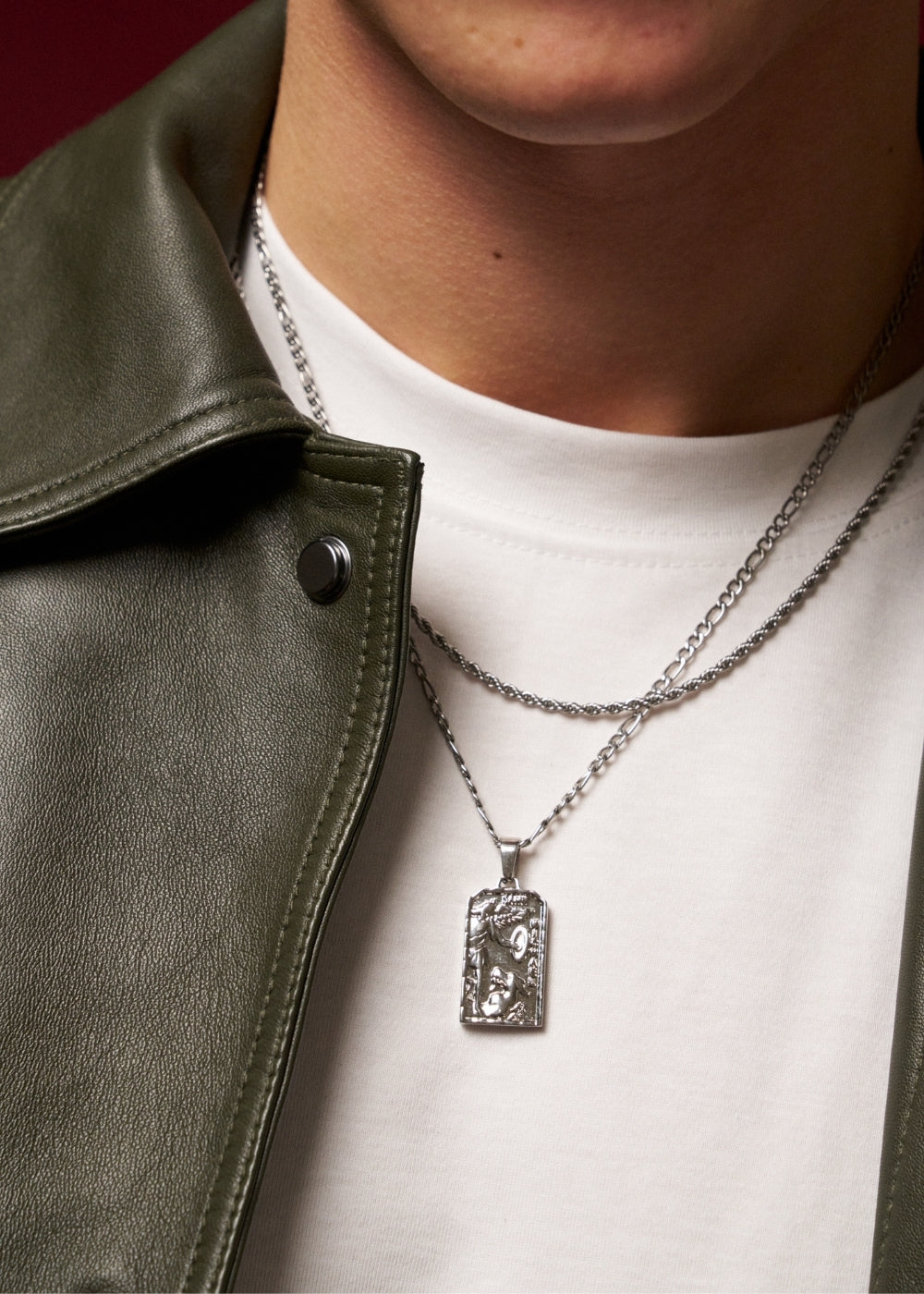
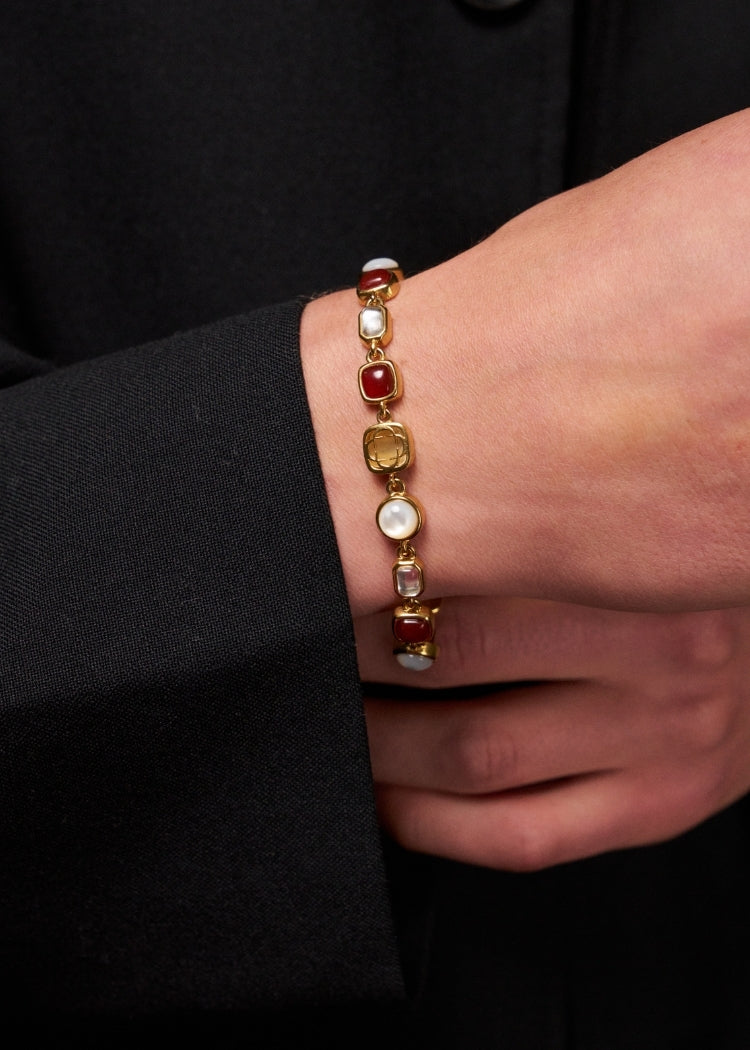
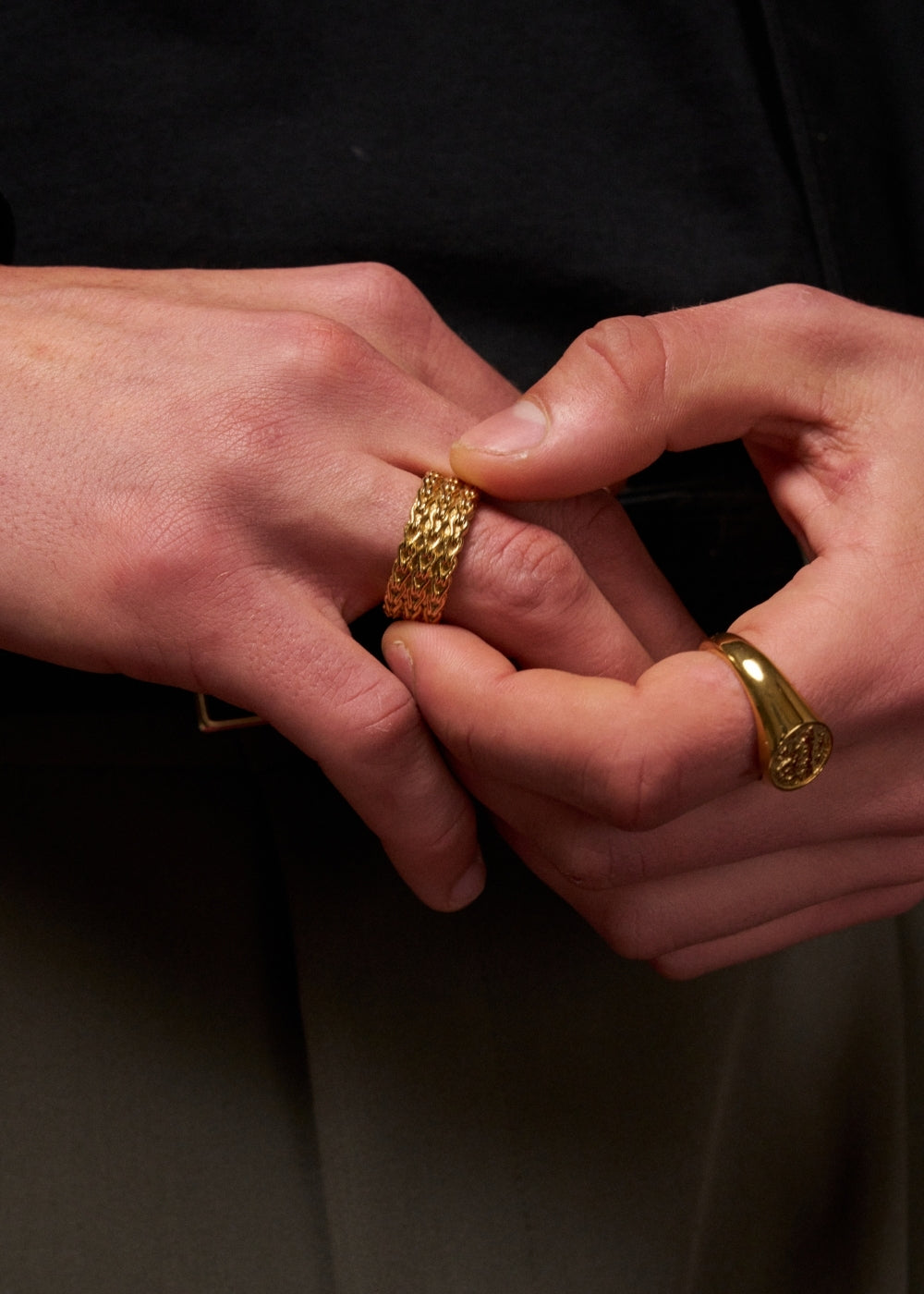
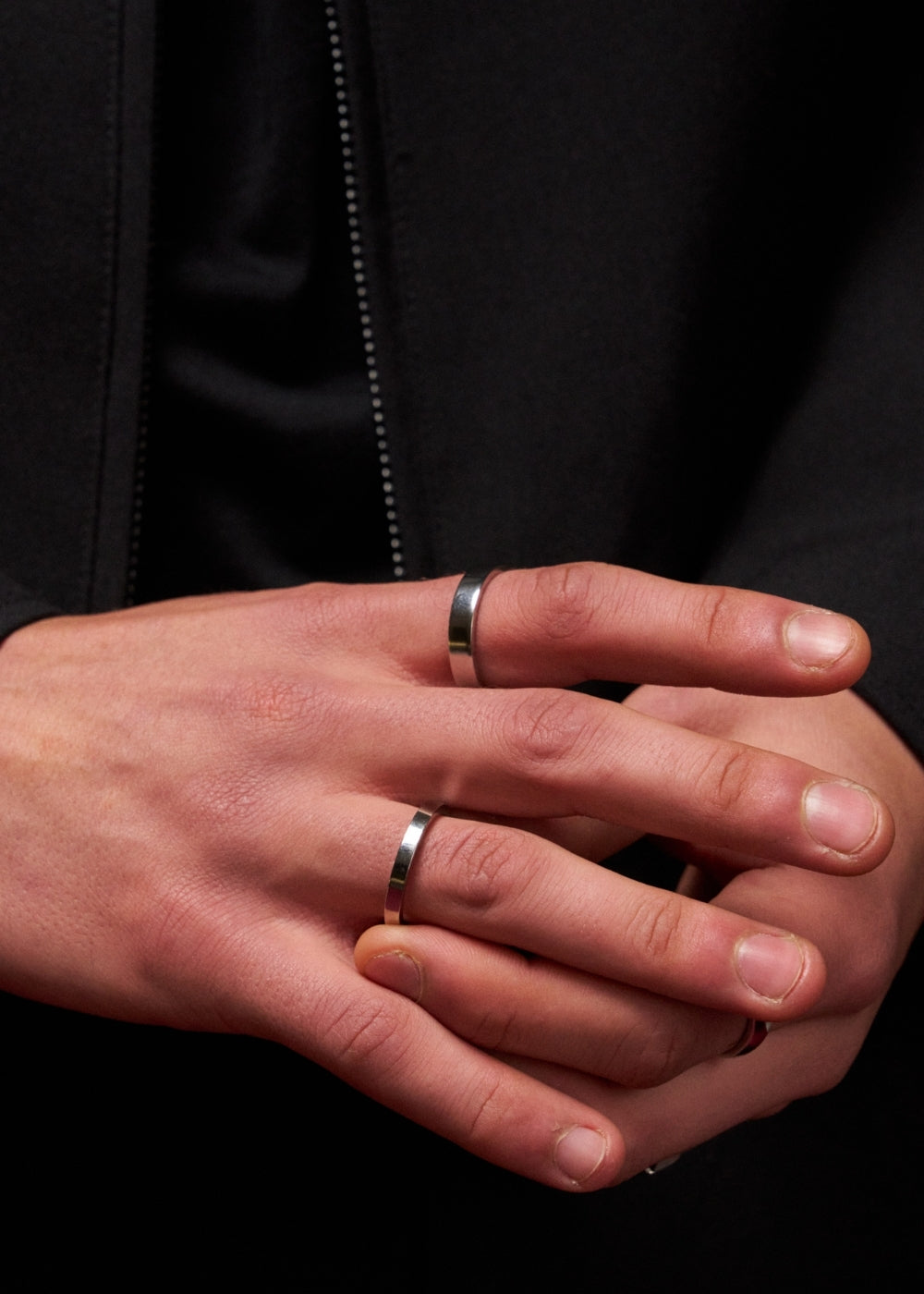

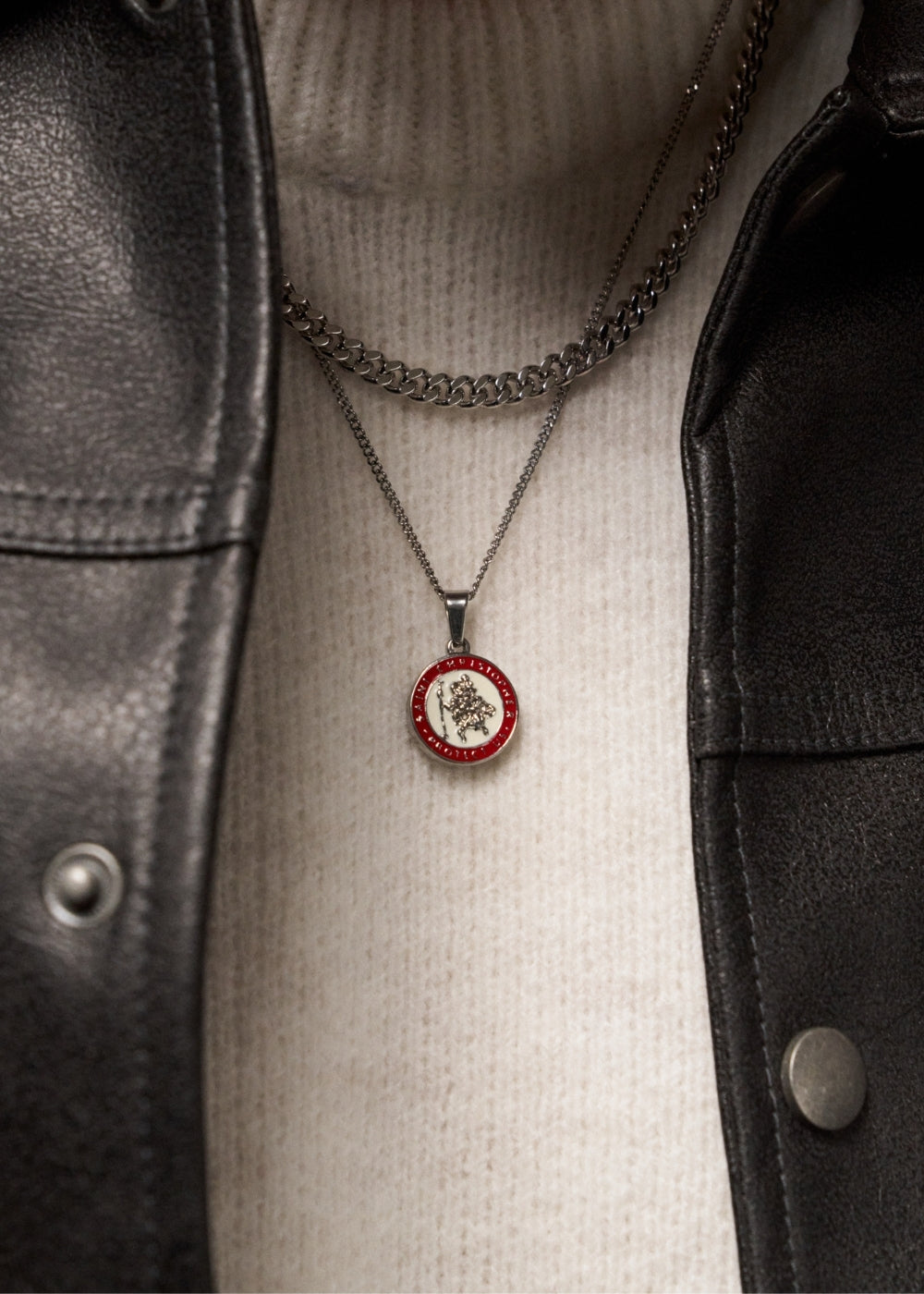

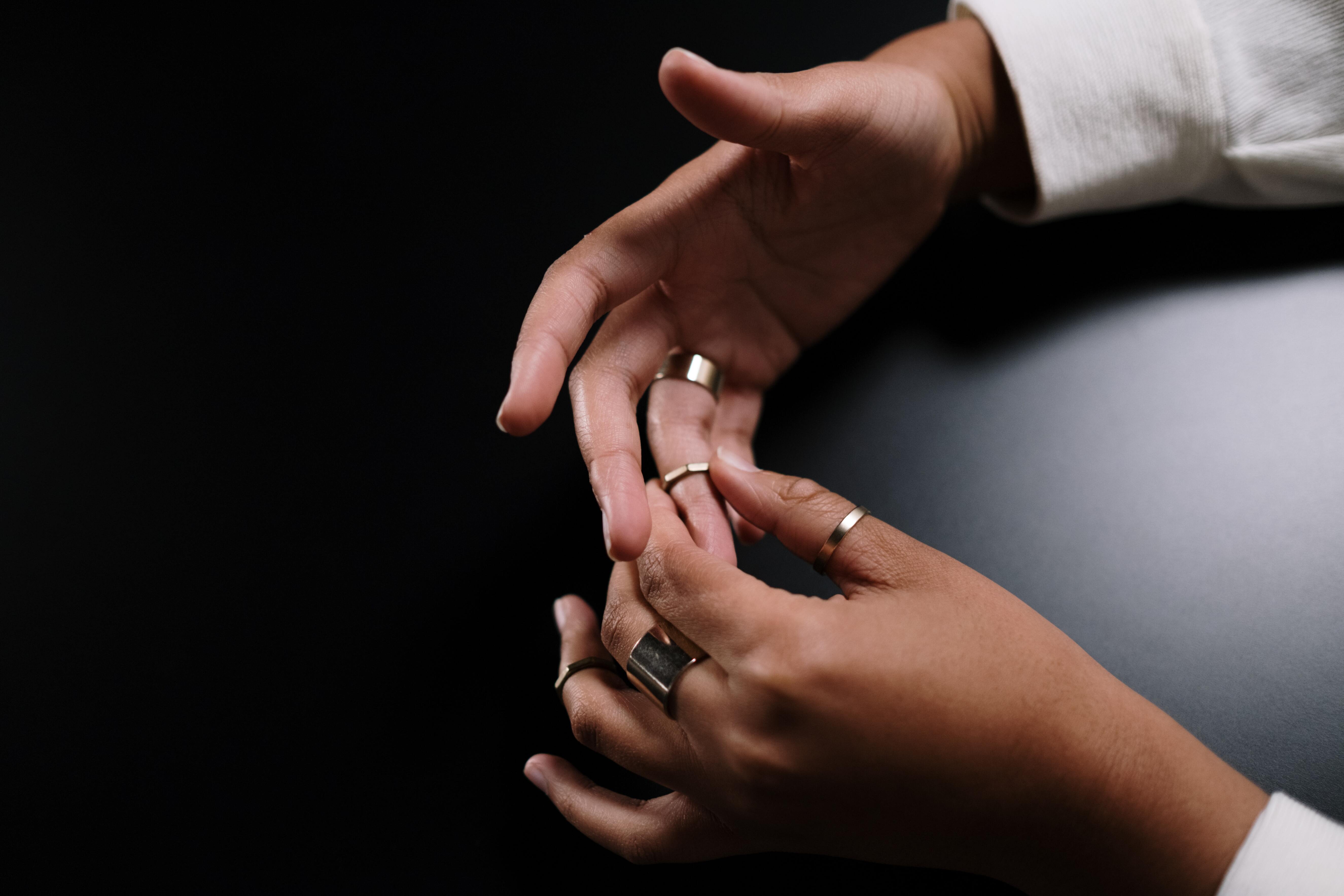
Leave a comment
This site is protected by hCaptcha and the hCaptcha Privacy Policy and Terms of Service apply.